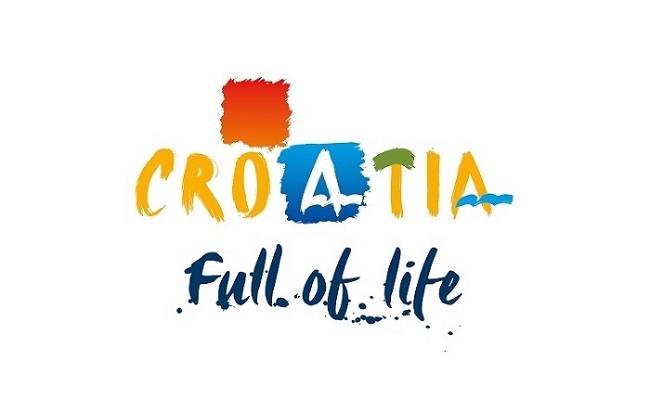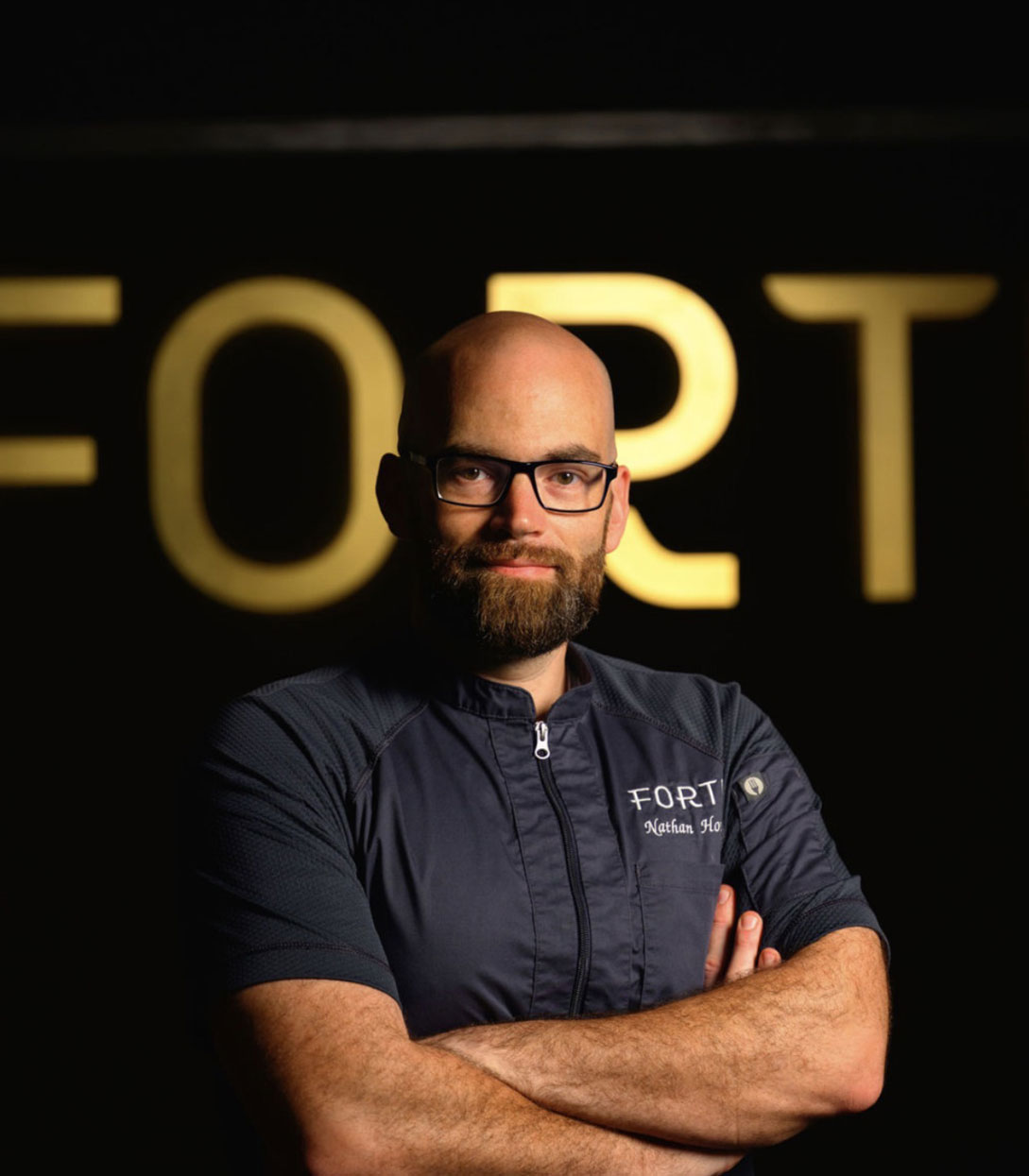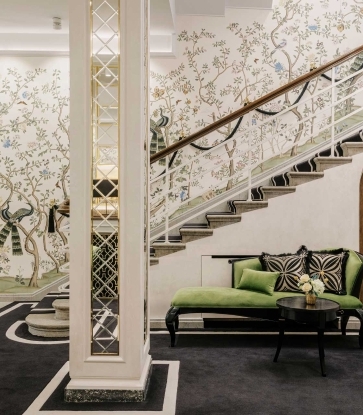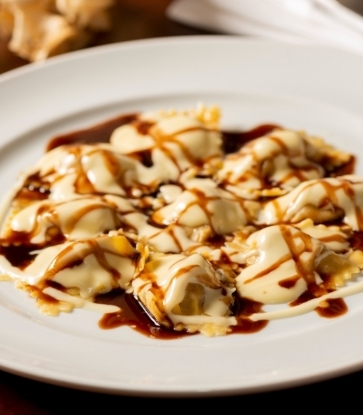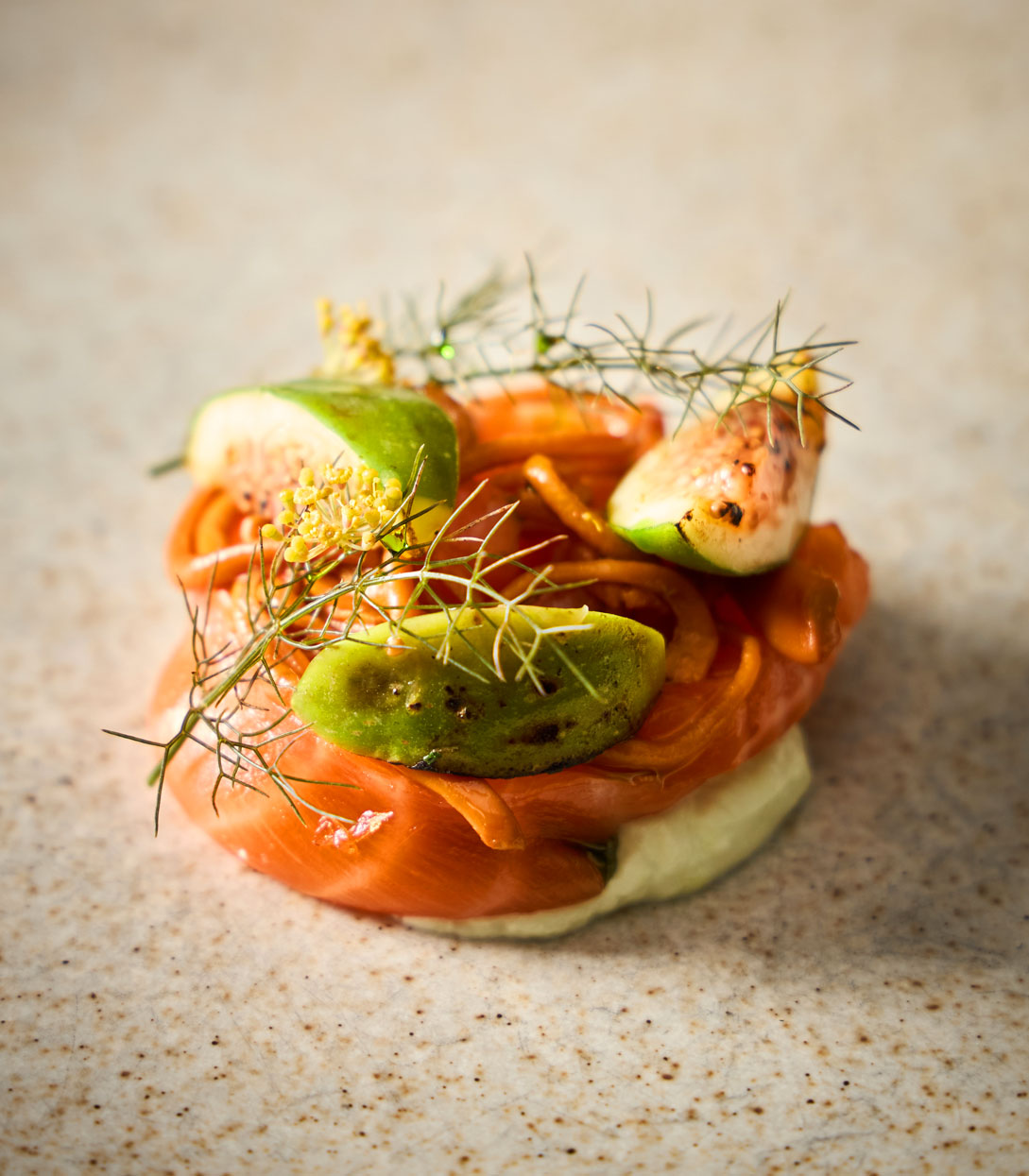Slavonia is a border region between Hungary, Serbia and Bosnia Herzegovina, which has been described as the European Amazon thanks to its incredible natural scenery of lakes, woods and meadows extending as far as the eye can see.
Crossed by the Drava and Sava rivers (tributaries of the Danube), Slavonia boasts a mosaic of biodiversity in which the environment is closely linked to local culture, traditions and the life of its inhabitants. The Pannonian plain has long been used for agriculture and for centuries its crops have fed the whole of Croatia. It goes without saying that, over time, the gastronomy of this country has also flourished, bringing together different identities to create a culinary melting pot, with Austro-Hungarian and Ottoman influences all contributing to the character of the region.
Fire has always been a key element in local cooking, hence the focus on meat and fish paprikaš, carp roasted on wooden spits and slow-cooked beans in a clay pot. Other local specialities include crackling known as čvarci, cured bacon and čobanac stews, the latter a traditional shepherds’ dish which is prepared with beef, pork or, in some cases, game.


However, one of Slavonia’s stand-out specialities is the region’s typical sausage known as kulen. Traditional preparation involves mincing fine cuts of pork and mixing this with fat, salt, paprika and garlic, which is then stuffed into sausage casing. The kulen is then left in brine for up to five days, after which it is washed and tied up so that it retains its shape. The next step is smoking, which lasts for more than a month until the sausage turns dark brown and the curing process begins – this can last for up to six months.
Given that in bygone days only one kulen was made from a pig and the number of pigs raised by families was very low, this sausage was only eaten on special occasions. Today, things are different but although more pigs are used to produce the sausage, certain criteria must be met: the pigs can’t be too young and they must weigh over 180 kilos.

Eaten in some of Croatia’s best restaurants, including several Michelin-starred properties, kulen is made by many different producers, including Sin Ravnice, one of the largest. Based in Cret Viljevski in the east of the country, this farm has always cultivated its own fields of maize, barley, wheat, peas, pumpkins and clover.
These crops are used to feed the pigs which, when they are not housed in stables built to high ecological standards from Slavonian oak, are allowed to graze freely. From late spring to autumn the animals also feed on wild grass, while in winter their diet is enriched by turnips.
The entire meat production process is self-sustainable and takes place on the farm, from the breeding of the pigs to the fattening of the animals with the farm’s own crops, to the processing into fresh and dried meat products.

What are the characteristics of Black Slavonian pork meat?
Protected by Croatia’s programme for the conservation of native breeds and domestic animals at risk of extinction, this pig has darker meat than other breeds and a higher percentage of intramuscular fat which gives the meat improved texture and flavour.
Kulen often takes up to seven months to produce.
The best quality meat, which comes from the pork leg, chop and a special part of the shoulder, is mixed with hard fat from the pig’s back. Hot chilli pepper and salt are then added to the meat and the ingredients are mixed together, after which the mixture is ground and stuffed into the pig’s large intestine.
Once stuffed, kulen is hung in the smokehouse, where it slowly dries in a light smoke from different types of wood, such as wild cherry, wild pear, cherry and black cherry wood until it acquires its characteristic aroma. Once the smoking process is complete, it is left to mature in a dark cellar with an earthen floor and brick walls.
Along with kulen, other cured meats are often produced in the area, for example kulenova seka (a smaller version of kulen, made with the same ingredients), Slavonian sausage, bacon or ham.

Hero image: Kulen
